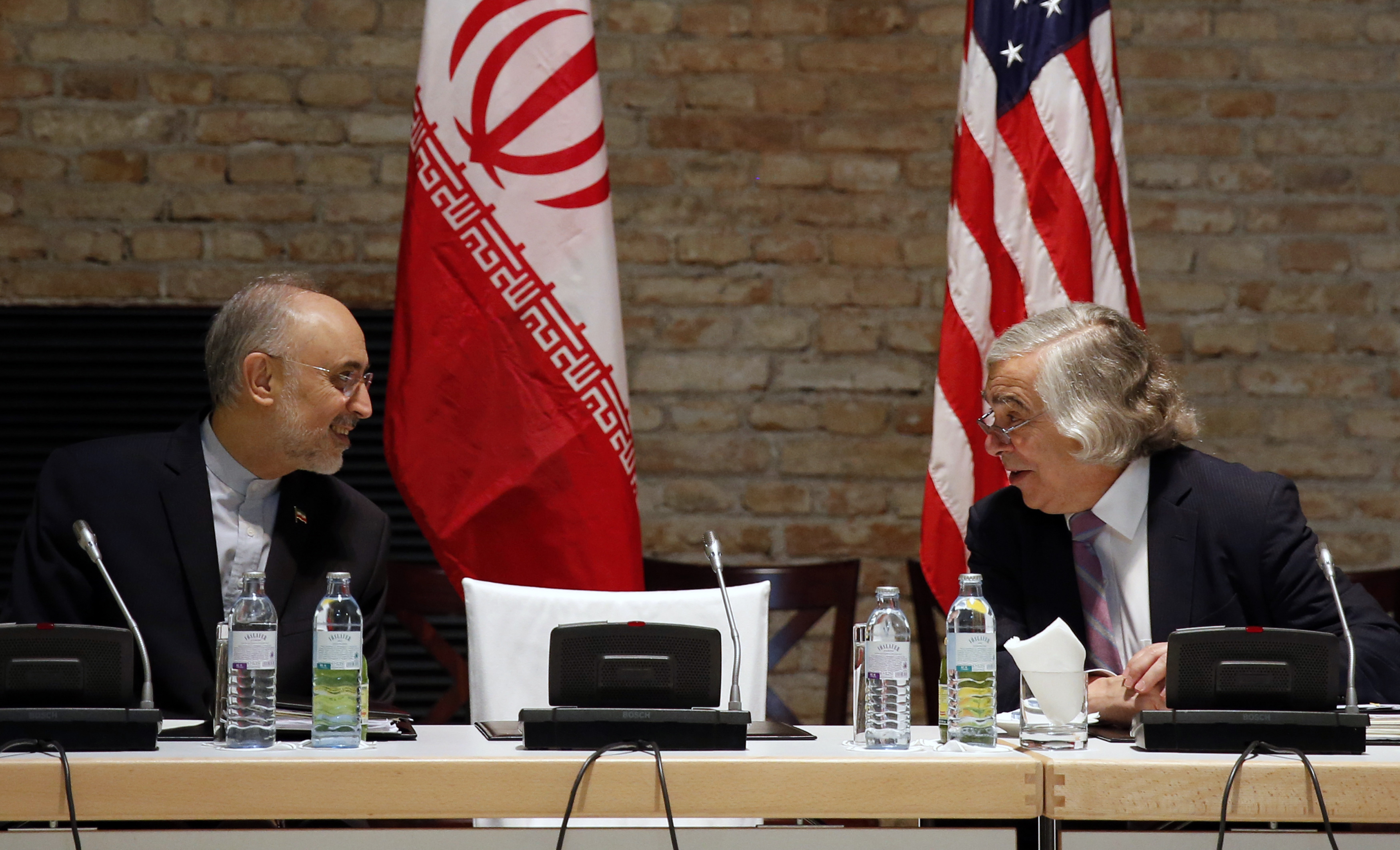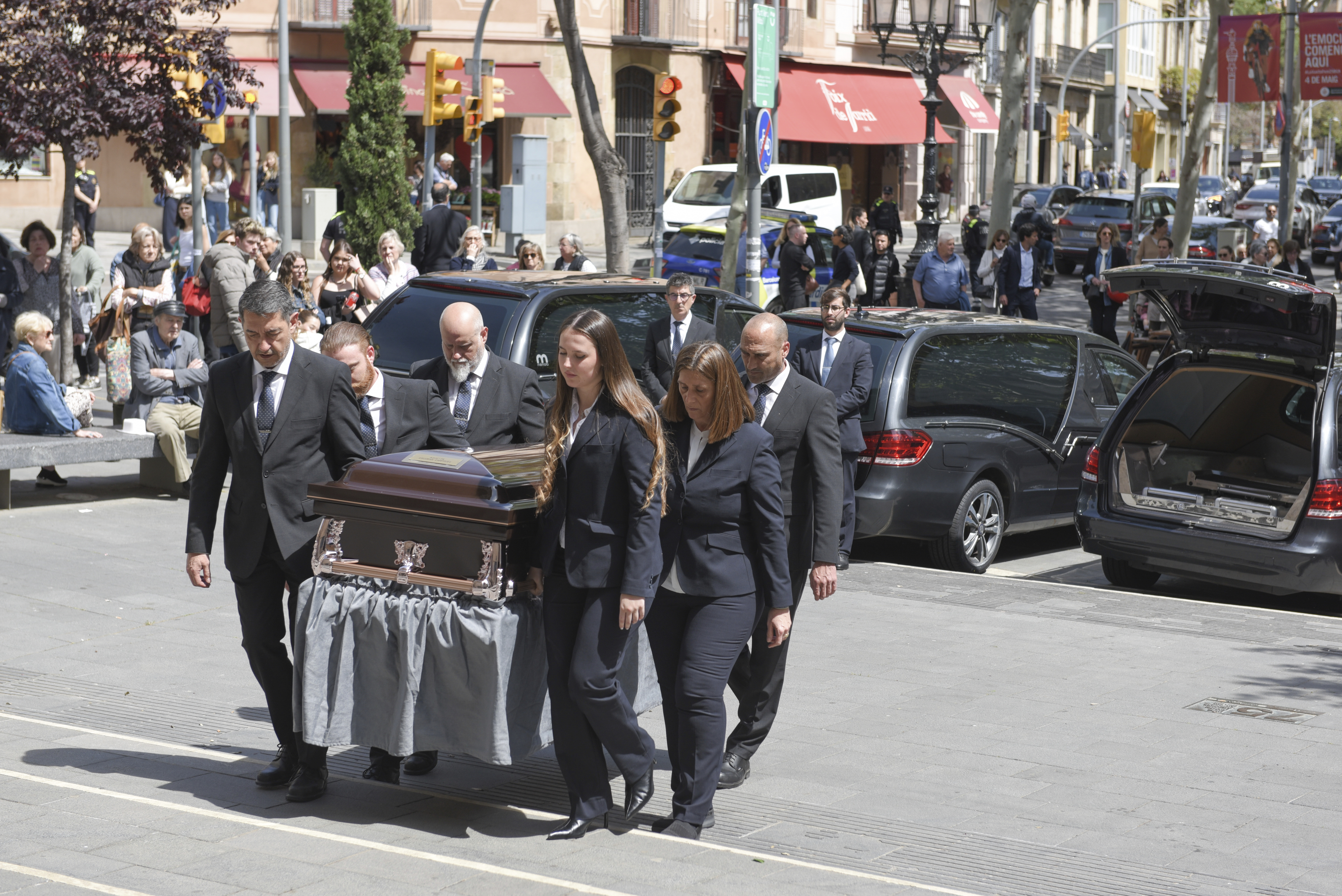MEMPHIS, Tenn. — Shelby County will consider a plan that could shut down as many as 80 schools and replace them with 20.
Superintendent Dorsey Hopson recently mentioned the controversial idea to WREG.
The plan will be presented to the school board Tuesday and the county commission Wednesday. Apparently it will address potential new school construction projects, possible consolidation and rezoning.
“What’s happening in Memphis is the population is shifting out east, out in the suburbs and we build out there,” Hopson said in a recent interview. “But we didn’t do the corresponding closure of the facilities where those kids were. So absolutely our footprint is way too big.”
Hopson suggested the solution was closing 75 to 80 schools in the next few years and replacing them with 20.
He says the district has 25,000 empty seats and around $500 million in deferred maintenance, including issues with HVAC systems that forced several school closures in the past few weeks.
“When you talk about school closures and consolidation, there are real kids and families at stake,” said Shelby County Commisioner Michael Whaley, who is in charge of the education committee and was once an SCS teacher.
“In my mind every dollar we don’t spend on a facility or on maintenance, is a dollar we can put right into the classroom.”
Whaley said he’s anxious to see what Hopson presents to the school board, and then to the county commission.
“What I hope comes out of this plan and certainly a conversation going forward, how do we reduce and spend less on short term fixes and invest more in strategic solutions?” he asked.
Hopson’s last day with the district is Jan. 8, so it’s unclear what that will do to his plan.
Hopson released the following statement on his plan:
There is a national conversation around equity and how it relates to student achievement. When I think of equity a myriad of things come to mind – many of which our community never discusses. At a minimum, we should agree that, equity means that all kids – regardless of their zip code – have an opportunity to be taught by effective teachers in environments conducive to learning. We spend lots of time discussing strategies to recruit and retain effective teachers – particularly for our struggling schools – but we do not discuss the drastic differences related to our facilities inequities.
This week I proposed a transformative plan that invests in our students in an efficient and equitable way. While there are many other decisions to be made to ensure every child has a high quality school experience in our community; the consolidation conversation sets forth immediate steps we can take to begin to address efficiency and equity.
The overwhelming majority of our most impoverished kids attend schools in outdated and in some cases – severely neglected facilities. Many of our schools were built in the 1950s and are in desperate need of upgrades and repairs. Although our community is well aware of these issues and the $450MM needed to fix these problems, public entities have not made investments to enhance the standard of living in some areas.
Instead, most the investments have been made in suburban and more affluent neighborhoods to accommodate population shifts causing these families to attend schools in a facility much more conducive to learning.
The problem of outdated inner-city facilities is exacerbated by the fact that we have more than 25,000 empty seats in our schools causing them to be severely underutilized. This creates an opportunity and a mandate for SCS to be more efficient by consolidating schools. Since, these conditions are undoubtedly unproductive and not conducive to student achievement, their continued operation is unfair to students and taxpayers. It’s nearly impossible for our district to maintain falling buildings while at the same time investing in effective academic strategies, employee compensation, latest technology, variety of after-school and summer programs, innovative partnerships and other much needed things. This is why SCS has closed more than 20 facilities over the last 3 years. However, we have learned that simply closing outdated and under enrolled facilities, which oftentimes decimates already fragile neighborhoods and sends poor kids to other outdated facilities, does little to improve student achievement.
But we must continue to have courageous conversations about ensuring resources are distributed equitable across our schools and believe that in addition to closing schools we should also take the bold step of investing in facilities and resources. Especially where it’s needed the most so that every child, regardless of zip code, also has an opportunity to be in the best learning environment possible.
We have seen this approach work very successfully at Westhaven Elementary. There, we combined three schools and invested additional dollars to support the academic needs of our students. Two years ago, children in all three schools attended chronically underperforming schools in substandard facilities. Today they have highly effective teachers in a learning environment that gives them a better chance to be productive citizens. By combining those schools, the communities were stabilized and strengthened.
This is the rationale behind our most recent consolidations conversation. We identified immediate opportunities to be more efficient while improving the learning environments for some of our most fragile students. Our goals are to be more efficient, send kids to stable, better performing schools and eliminate
some of the deferred maintenance costs that we inherited so we can reach Destination 2025.
During the next few weeks, we will release the report of our first round of community input workshops about school quality so we can then develop a strong academic plan. I believe that by investing in our schools, we are investing in our neighborhoods and ultimately creating a better Shelby County for us to live, work and enjoy.
Greater Schools make a Greater Community!



















